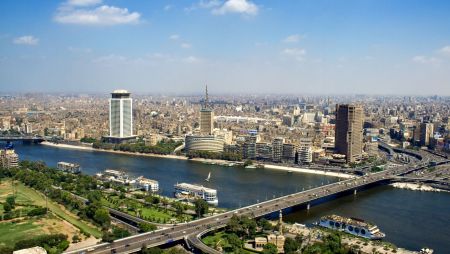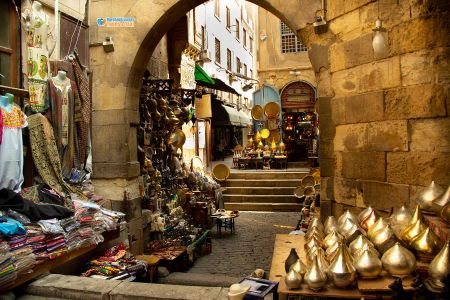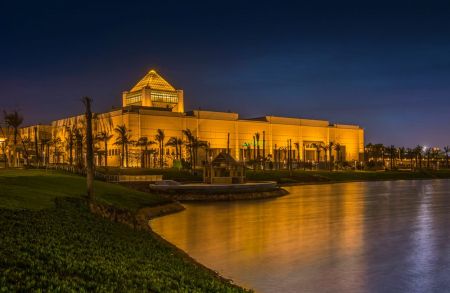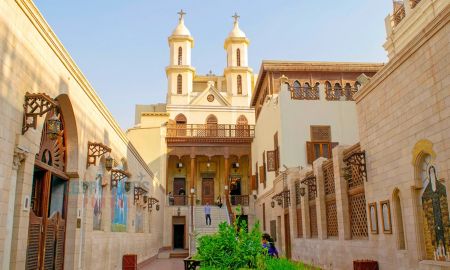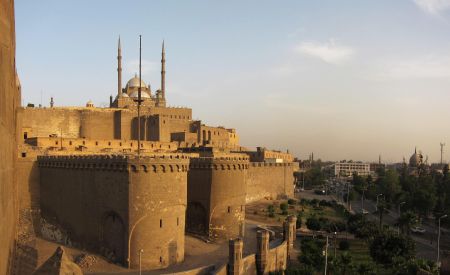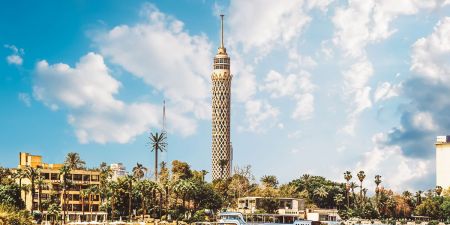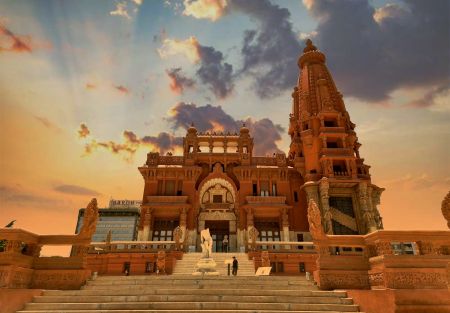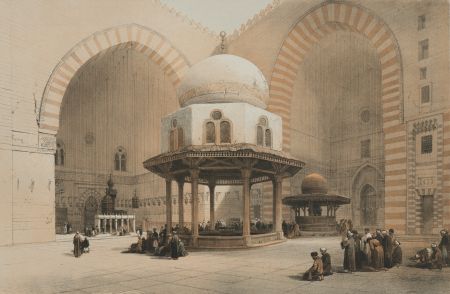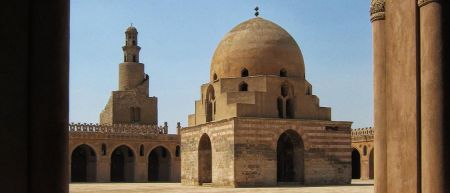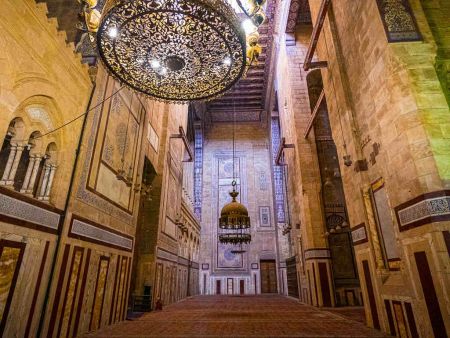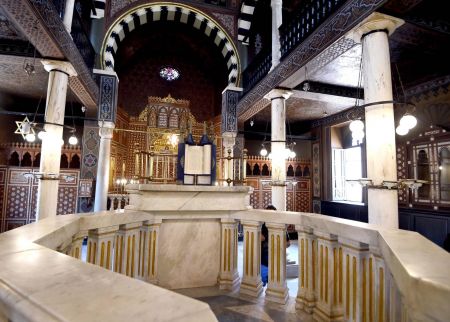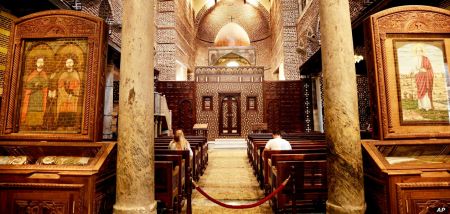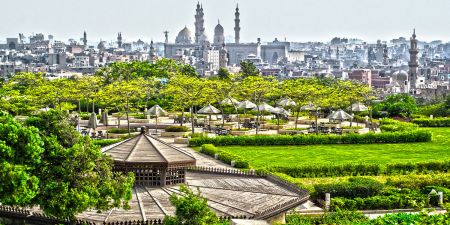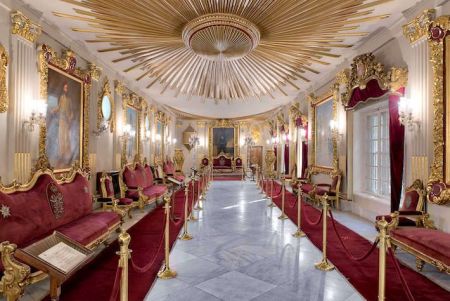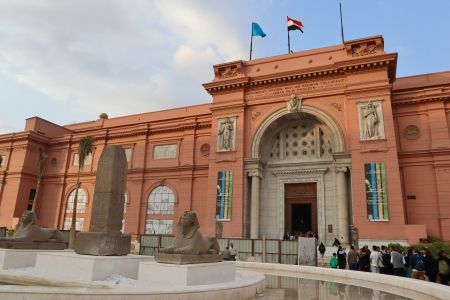The Alabaster Mosque of Cairo: The Majestic Crown of the Citadel

Rising dramatically above the city from the summit of the Cairo Citadel, the Alabaster Mosque, formally known as the Mosque of Muhammad Ali, is one of Egypt’s most recognizable landmarks. Built in the 19th century, this magnificent mosque dominates Cairo’s eastern skyline with its elegant Ottoman-style domes, twin minarets, and gleaming alabaster façade. Often called the "Alabaster Mosque" due to its lavish interior and exterior cladding, it symbolizes Egypt’s modern transformation and national pride.
Commissioned by Muhammad Ali Pasha, the founder of modern Egypt, this mosque is not only a place of worship but also a monument to ambition, legacy, and revival. Whether you're admiring its towering presence from across the city or walking through its serene courtyard, the Alabaster Mosque is a must-visit highlight in Islamic Cairo.
A Monumental Legacy of Muhammad Ali Pasha
Egypt’s Father of Modernization
Muhammad Ali Pasha, an Ottoman governor who ruled Egypt from 1805 to 1848, is widely regarded as the father of modern Egypt. He implemented military, educational, and industrial reforms that reshaped the country. In building the Alabaster Mosque, he sought to leave a permanent mark on Cairo’s religious and political landscape, and to rival the grandeur of the Ottoman mosques in Istanbul.
Completed in 1848
Construction of the mosque began in 1830 and continued for 18 years. It was completed shortly before Muhammad Ali’s death, and he is buried in a white marble tomb located inside the mosque, just to the right of the main entrance — a fitting resting place for a man who changed the course of Egyptian history.
Architectural Brilliance of the Alabaster Mosque
Inspired by Ottoman Design
The mosque was heavily inspired by Istanbul’s Sultan Ahmed Mosque (Blue Mosque) and reflects traditional Ottoman Turkish architecture. Its layout features a large central dome surrounded by four smaller domes, two slender minarets, and a spacious rectangular courtyard with an elegant ablution fountain.
The Alabaster Interior
The mosque’s name comes from the creamy alabaster panels that line its interior and parts of the exterior walls. Imported from Beni Suef in Upper Egypt, this alabaster gives the mosque its unique warm glow, especially when sunlight filters through the stained-glass windows. Inside, visitors are awed by:
-
A massive central chandelier made of crystal and brass
-
Ornate Arabic calligraphy with Quranic verses
-
Intricate gold-inlaid geometric patterns
-
A towering mihrab (prayer niche) and elevated minbar (pulpit)
Majestic Courtyard and Clock Tower
The open-air courtyard is a serene space with rows of arched arcades and an elaborate marble fountain in the center. One notable feature is the French-made clock tower, gifted by King Louis Philippe of France in 1845 in exchange for the Luxor Obelisk now standing in Paris’s Place de la Concorde. Although the clock never functioned properly, it remains a symbol of 19th-century diplomacy.
Breathtaking Views from the Citadel
Perched atop Mokattam Hill, the mosque offers one of the most panoramic views of Cairo. On a clear day, you can spot the Pyramids of Giza on the horizon, the maze-like sprawl of Islamic Cairo below, and the minarets of countless other mosques.
The mosque is part of the larger Saladin Citadel complex, which includes:
-
The National Military Museum
-
Mosque of Sultan al-Nasir Muhammad
-
Yusuf’s Well
-
Several viewing platforms and gardens
Religious and Cultural Significance
A Living Place of Worship
While the mosque is a major tourist attraction, it also remains an active place of worship. During prayer times, especially Friday prayers and religious holidays, it fills with worshippers from across Cairo. Respectful attire and behavior are required for all visitors.
Symbol of National Identity
The Alabaster Mosque is more than a religious site — it’s a symbol of Egyptian independence and strength. Built as a response to centuries of foreign rule, it reflects Muhammad Ali’s vision of a strong, self-sufficient Egypt. Today, it’s often used in media, literature, and film as a visual shorthand for Cairo itself.
Visiting the Alabaster Mosque: What You Need to Know
Opening Hours and Admission
-
Hours: Open daily from 8 AM to 5 PM (closed during some prayer times)
-
Tickets: Included in the Cairo Citadel entrance fee
-
Location: Salah Salem Street, Islamic Cairo
Dress Code and Etiquette
-
Dress modestly (shoulders and knees covered)
-
Women may be asked to wear a headscarf
-
Shoes must be removed before entering prayer areas
-
Silence and respectful behavior are encouraged inside the mosque
Getting There
-
Taxi or Uber from central Cairo (approx. 15–20 minutes)
-
Public buses to Midan al-Qal'a
-
Many guided tours of Islamic Cairo include the mosque and Citadel
Searchable FAQs About the Alabaster Mosque
Why is it called the Alabaster Mosque?
It’s named after the polished alabaster stone used to cover its interior and exterior walls, giving it a distinctive creamy glow.
Can non-Muslims visit the mosque?
Yes, non-Muslims are welcome to visit outside of prayer times, as long as they respect dress codes and mosque etiquette.
Is Muhammad Ali Pasha buried in the mosque?
Yes, his ornate white marble tomb is located inside, near the main entrance.
What’s the difference between this and the Grand Mosque in Istanbul?
The Alabaster Mosque is modeled after Ottoman mosques but adapted with Egyptian features. It’s smaller but equally impressive in design and historical context.
What else can I see nearby?
The Citadel complex offers museums, ancient mosques, panoramic views, and is close to Sultan Hassan Mosque and Al-Rifa’i Mosque.
The Alabaster Mosque: Cairo’s Spiritual and Architectural Masterpiece
The Mosque of Muhammad Ali — the Alabaster Mosque — is more than just a stunning architectural feat. It’s a symbol of Egypt’s rise from Ottoman control, a monument to modernization, and a breathtaking place of spiritual reflection. Whether you’re gazing up at its towering minarets from the streets below or watching the sunset over Cairo from its courtyard, the experience is unforgettable.


